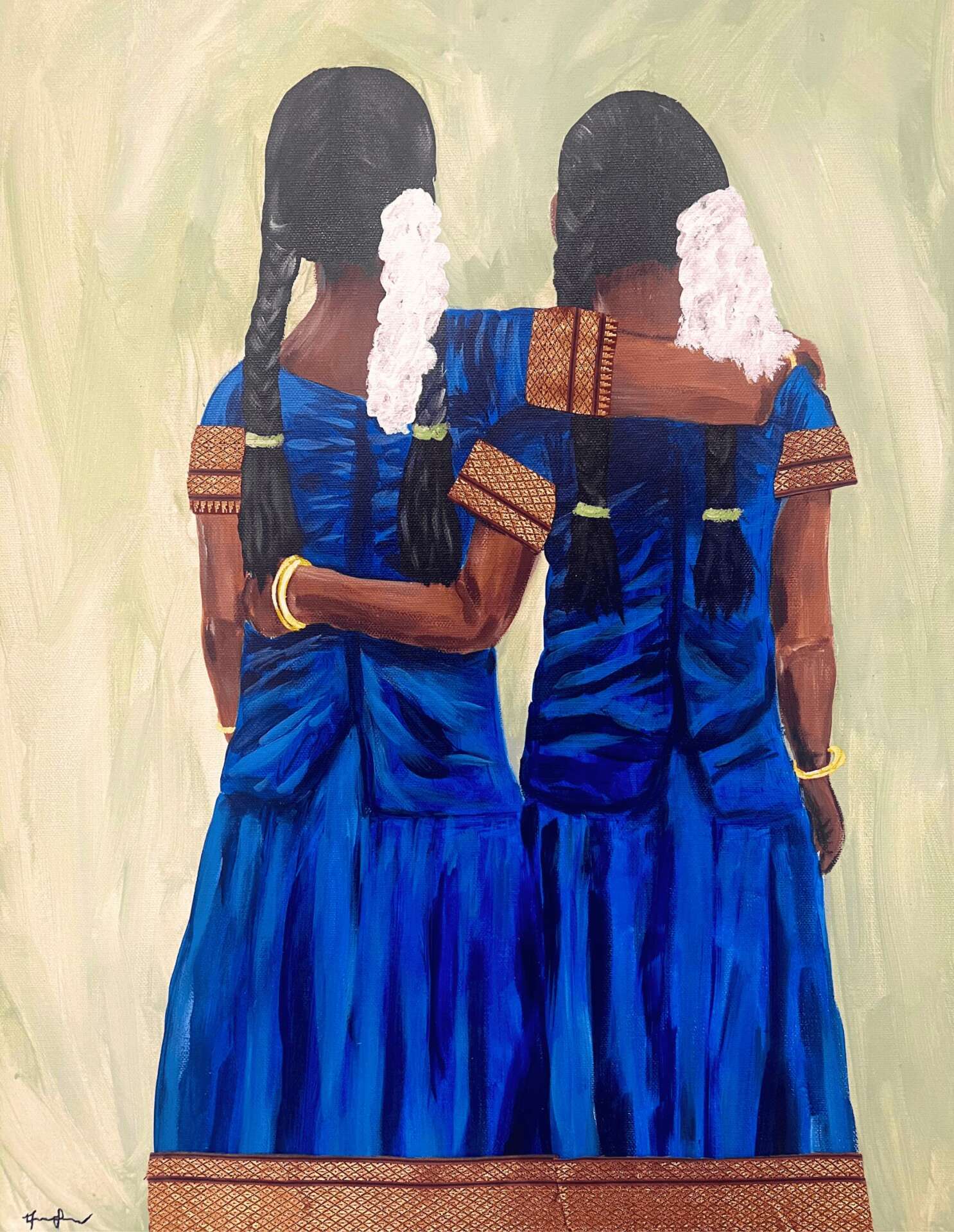Alright – so today we’ve got the honor of introducing you to Anusha Sekhar. We think you’ll enjoy our conversation, we’ve shared it below.
Anusha, appreciate you joining us today. Can you talk to us about a project that’s meant a lot to you?
I spent the last year and half working on a series called “Daughters of South Asia”. This series consists of empowering portraits of young brown skinned girls from India, and neighboring South Asian countries. Each painting highlights the topics of colorism and gender inequality, which are two social issues I am passionate about. I thought it was important to create this series because gender inequality and colorism remain significant issues in South Asian countries. Gender inequality leads to disparities in education, employment opportunities, and access to healthcare amongst other things. Many families still view having a daughter as a burden which leads to increased rates of female infanticide, child marriage, and dowry practices, all of which further perpetuate gender-based violence.
On top of being seen as less valuable than males, women and young girls in India also have to face further discrimination from colorism, which is a prejudice against those with dark skin tones, particularly within the same cultural or ethnic group. From a young age, girls are told that they would be pretty if they were more fair skinned, and are often encouraged to wear skin-bleaching creams in hopes of becoming 1-2 shades lighter. The topic of colorism takes a toll on South Asian females’ mental health, and also becomes a topic of discussion during marriage proposals, as many men prefer brides with fair skin. Girls are constantly scared into thinking that they will have a harder time finding a husband or becoming successful if they have darker skin. The harmful ideologies of colorism further contribute to gender inequality in South Asian society. I was affected by colorism even growing up in America, and spent a lot of my childhood and teenage years believing I would be more beautiful if I was lighter. Now, as an adult, I have learned to love the skin I’m in and want to spread awareness and love of all skin tones through empowering portraits of women and children.
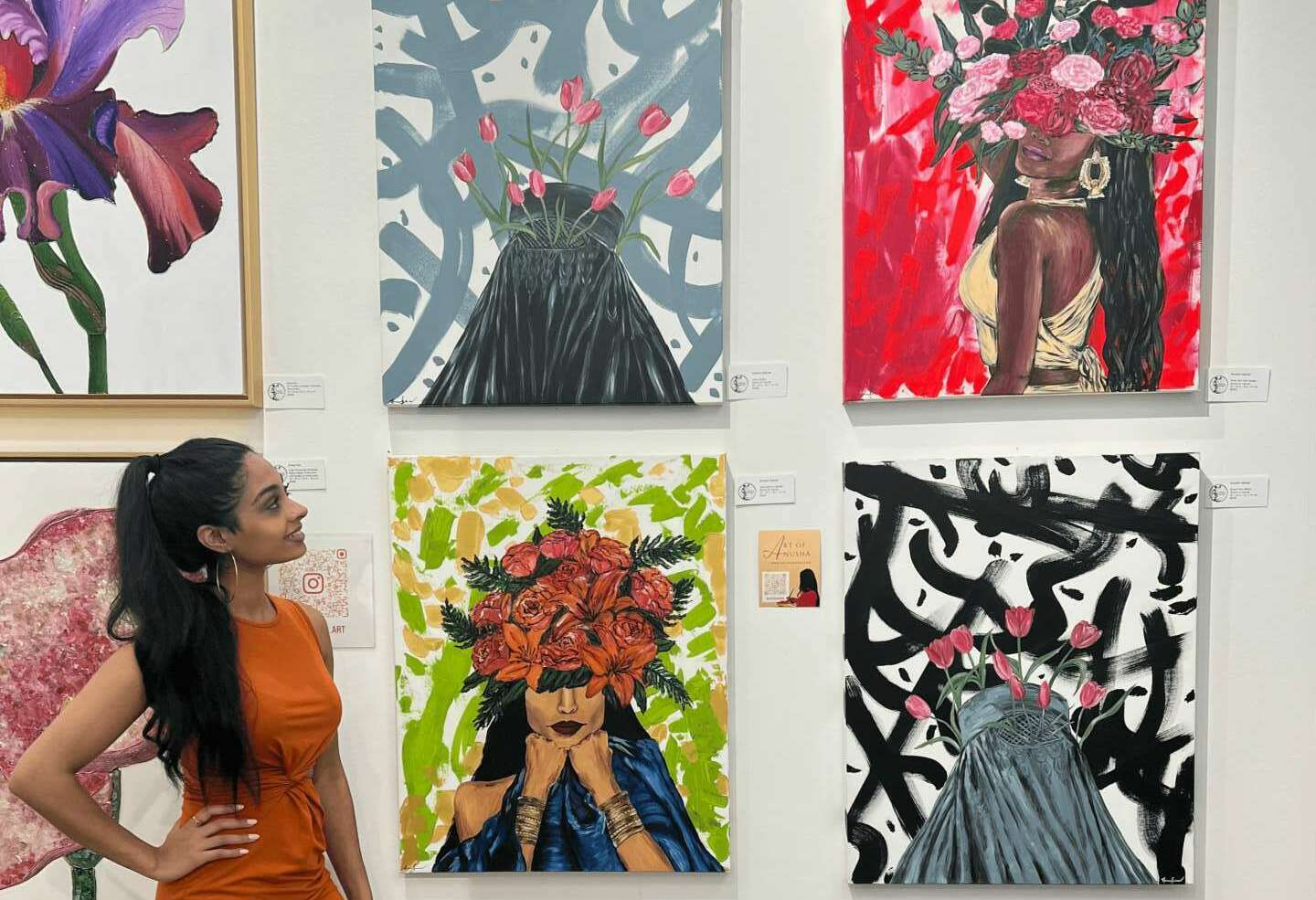
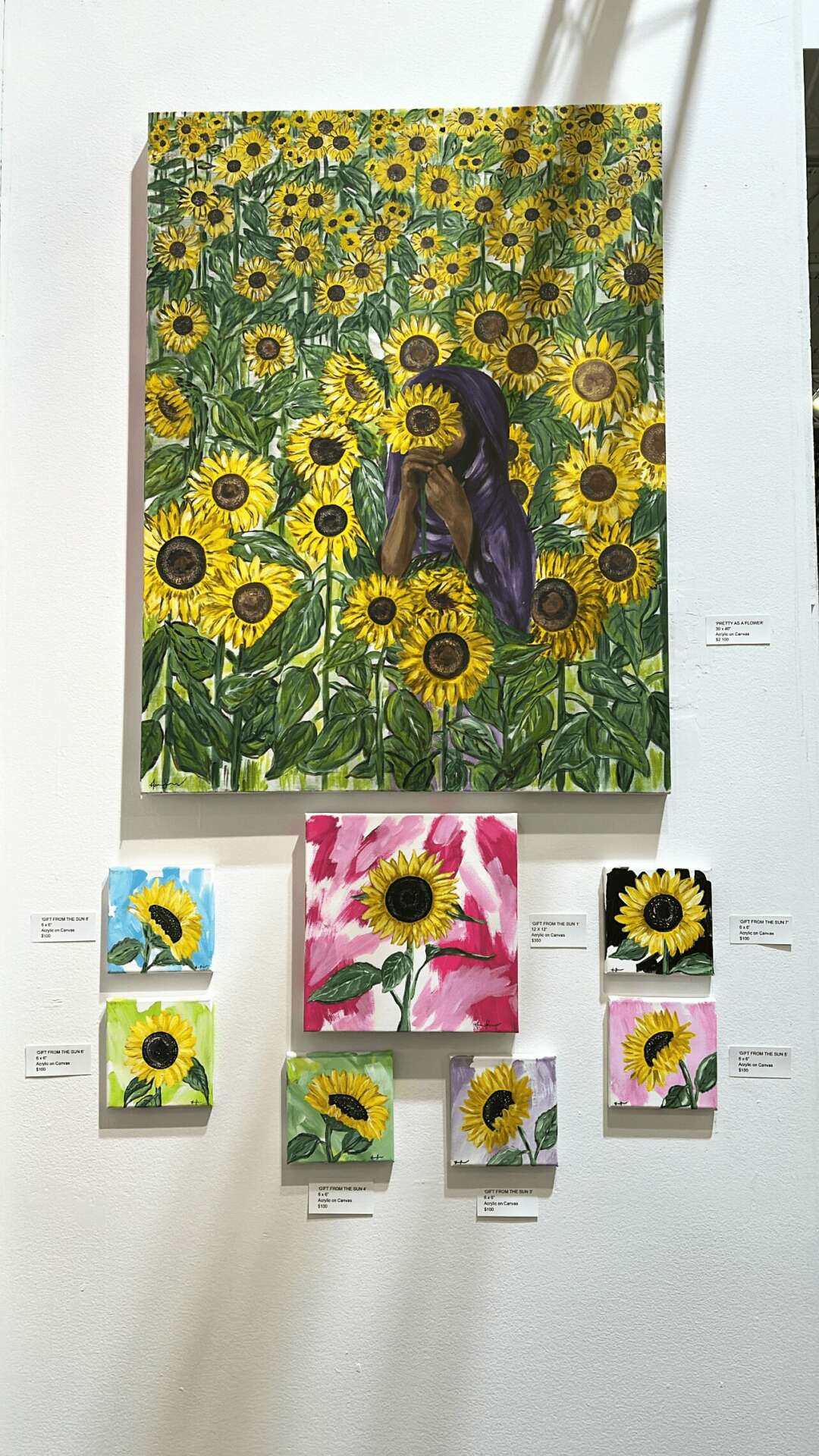
Great, appreciate you sharing that with us. Before we ask you to share more of your insights, can you take a moment to introduce yourself and how you got to where you are today to our readers.
I always loved arts and crafts as a child and teenager but didn’t think it was an option to pursue as an adult. In my culture we are pushed to become doctors, engineers, pharmacists, lawyers, etc., so I thought that was the only path I could take. During pharmacy school I had a lot of free time during the summer breaks. I started taking custom painting orders from fellow classmates and would only charge them $20-25 for the supplies. When the summer break ended, I would bring back at least 10 custom paintings to distribute to my college classmates.
I kept doing this summer after summer; after graduating pharmacy school, I decided I still wanted to make paintings — except now, I wanted to make real money off of them. So I converted my Instagram account into an art page and also opened up an Etsy shop. I started participating in various art shows and continued to take custom paintings ranging from pet portraits and couples’ portraits, to abstract art — all on the side of my full-time pharmacist job. Throughout the years, my artistic style has evolved and I have decreased the number of commissions I take; I have started focusing more on making my own artwork on subject matters that I am passionate about in order to spread awareness of topics I am passionate about, such as female empowerment and colorism. Recently, I have created a lot of figurative and portrait work to empower women of color, particularly those with darker skin. Commissions definitely strengthened my painting skills, but I felt that focusing too much on them was somewhat curbing my creativity. I now try to make it a point to create one piece for myself for every commission I take on.
Due to several inquiries from brides and popularity, I also branched off into live wedding painting where I paint the couple’s ceremony or first dance live in front of the guests. A few years later, a new trend arose: live guest portraits. Instead of painting the couple live on a larger canvas, I take photos of guests and paint quick watercolor portraits of them on 5” x 7” paper for them to take home. These have become my most popular service for wedding bookings, as they serve as both entertainment for guests as well as unique favors. This past year, I also expanded my live painting to galas and nonprofit events and have my paintings auctioned off at the end of the evening.
My art is ever evolving and has its high and low points — just like I do. I am very proud of myself for exploring new opportunities in the art world and for always stepping out of my comfort zone. For me, being a pharmacist is my career, but being an artist — telling stories through my work — and always pushing myself past my limits, is a lifestyle.
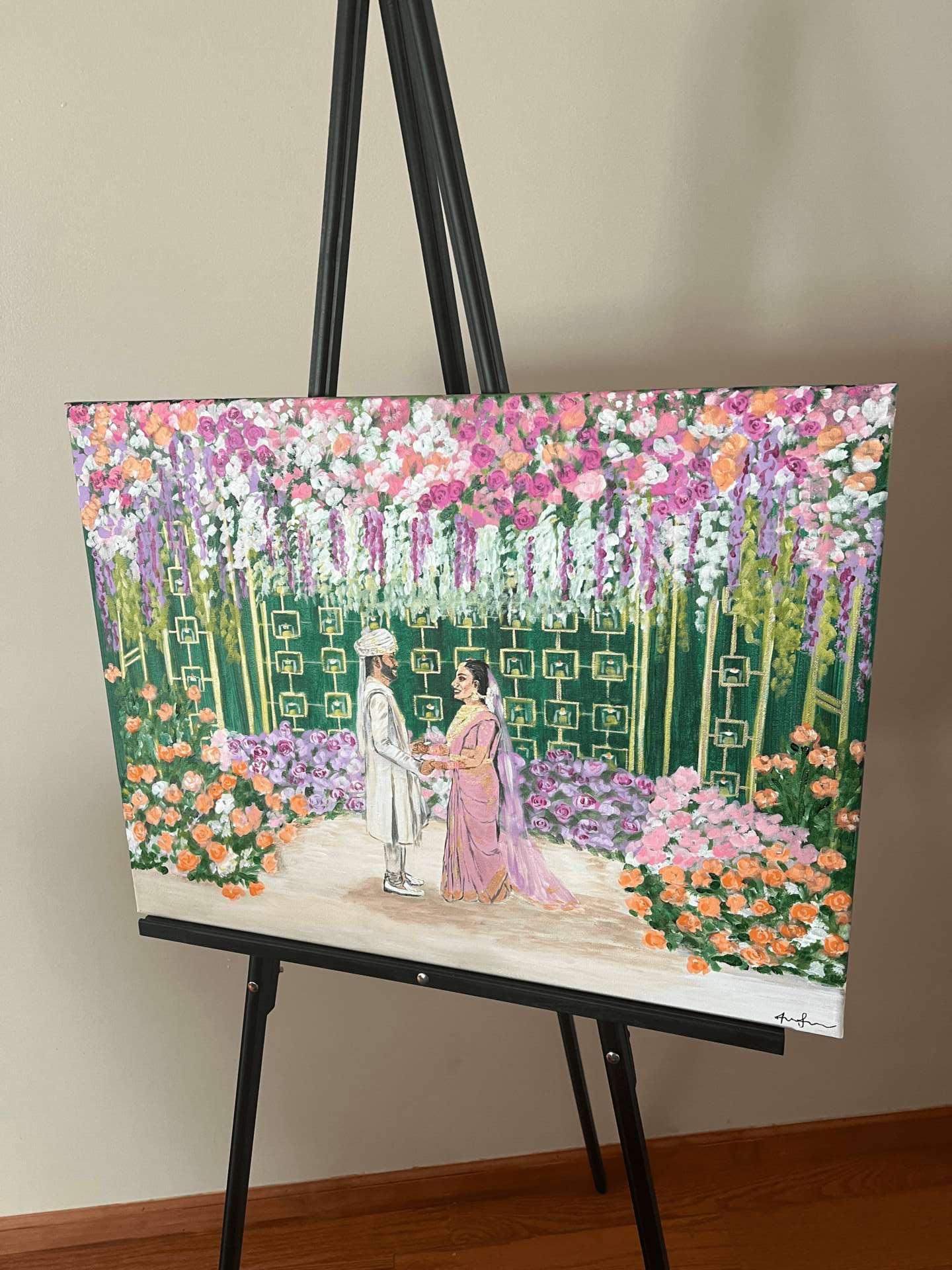
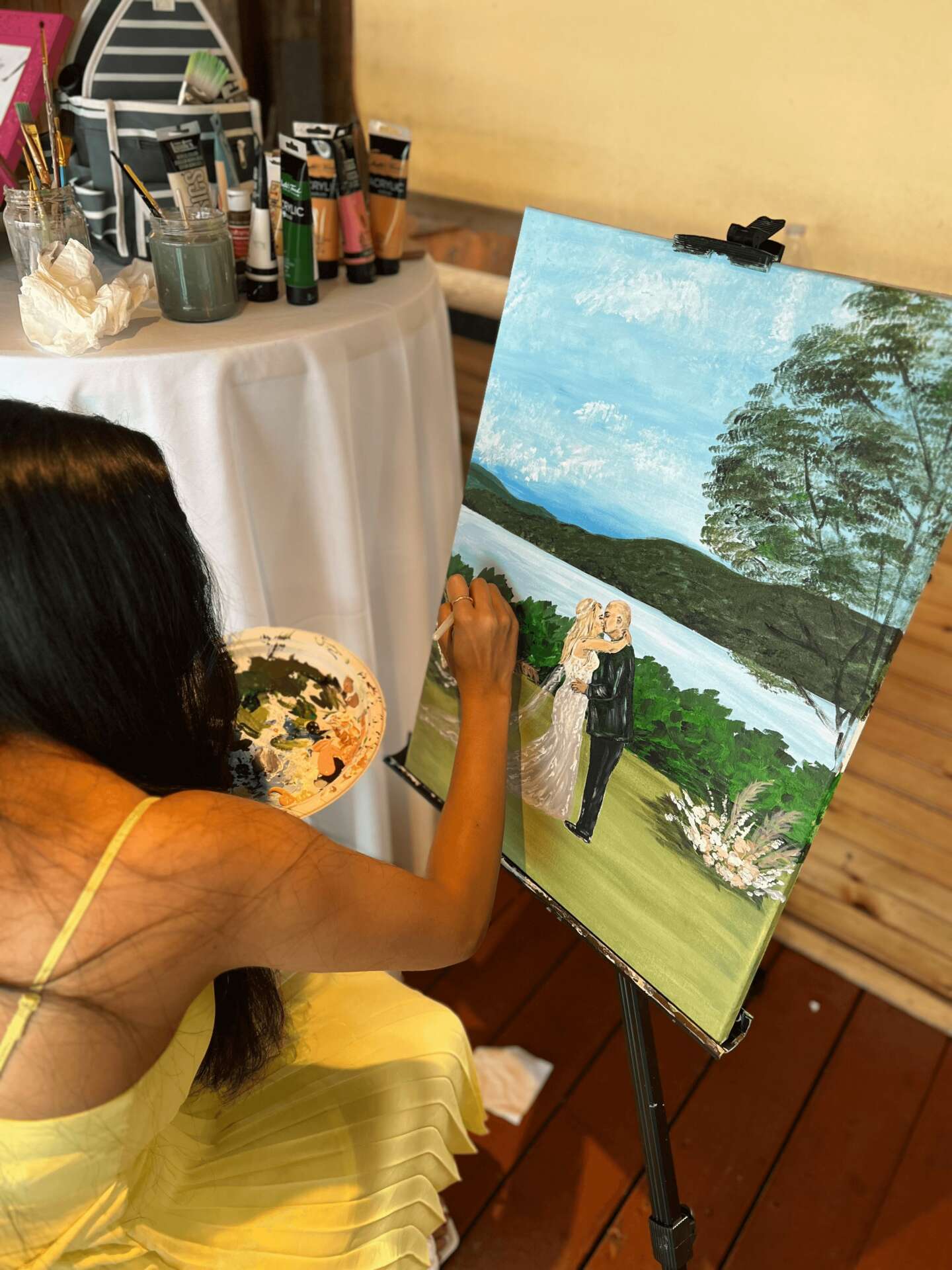
What can society do to ensure an environment that’s helpful to artists and creatives?
I think it is extremely important to support living artists. Art adds so much value to any room it fills and can invoke so many memories and emotions, but society often gives little value to it. I see so many people investing in beautiful homes/ apartments but then they just go to Target or Homegoods to purchase boring mass-produced canvas art. I highly encourage people to attend local art fairs, craft shows, and even online marketplaces to support local artists. Buying an original painting not only supports the arts and culture, but also cultivates richness and depth in your space.
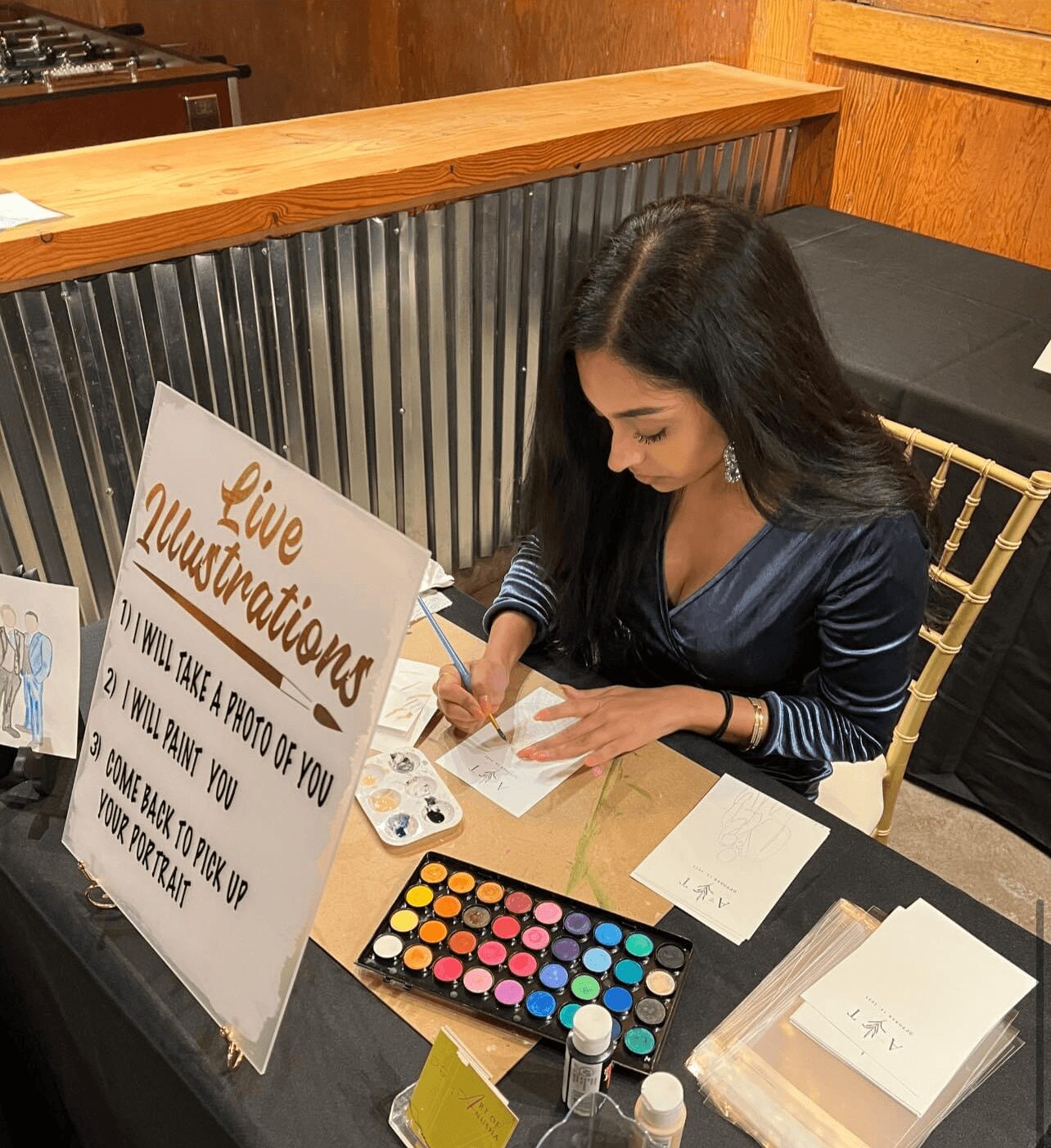
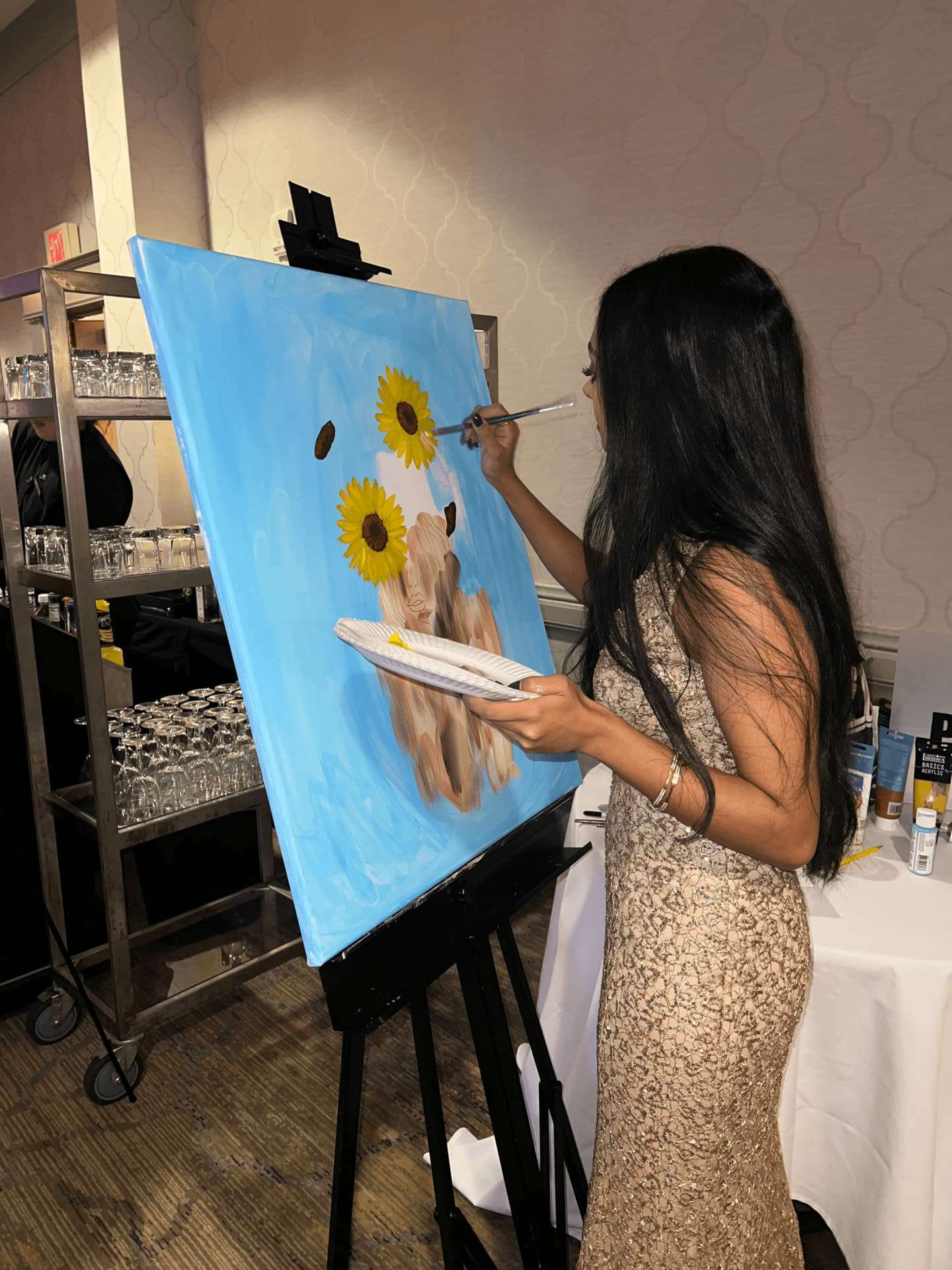
What’s the most rewarding aspect of being a creative in your experience?
The most rewarding part of being an artist is having people resonate and connect with my artwork. I want people to feel “seen” when they view my paintings. Seeing photos of my work hung up and displayed in collectors’ homes is also so rewarding because it reminds me that my work is a part of their daily lives.
Contact Info:
- Website: https://www.artofanusha.com
- Instagram: @artofanusha
